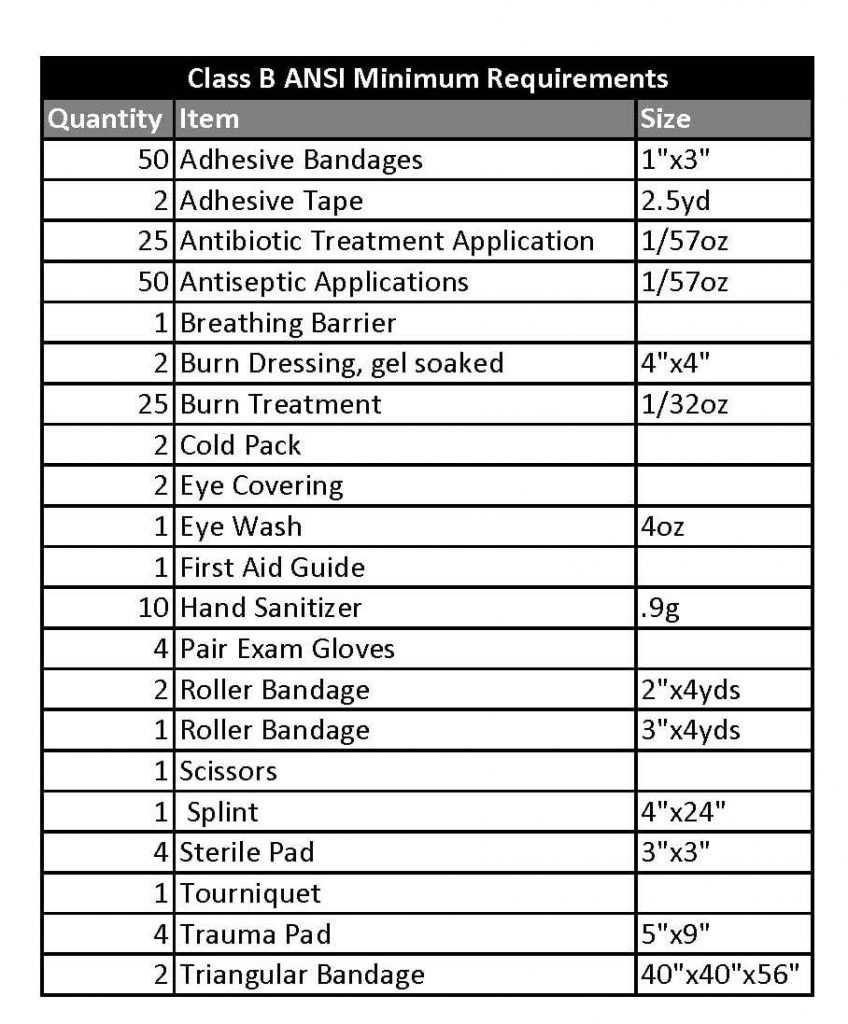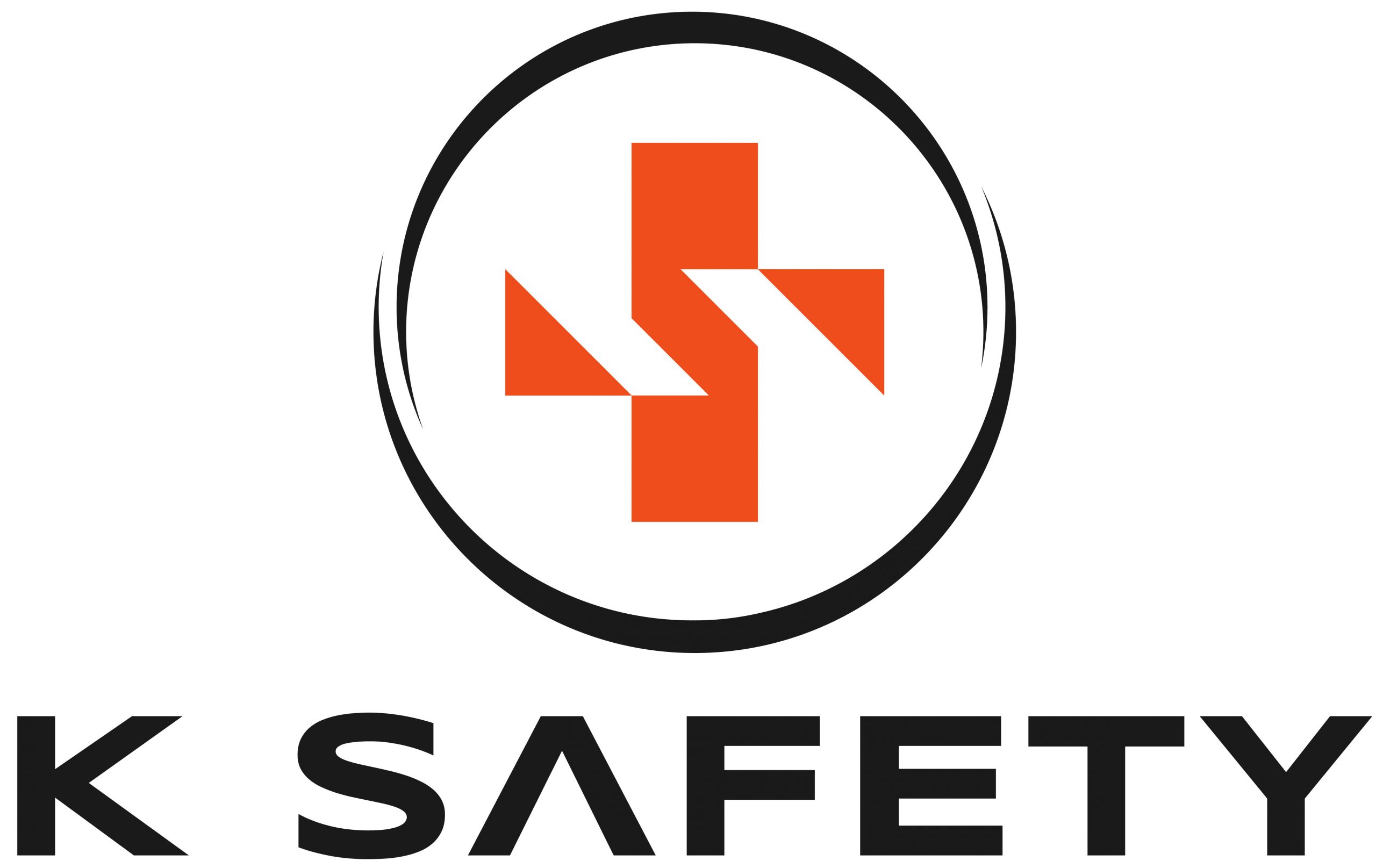FIRST AID REGULATIONS
The Mine Safety and Health Administration’s (MSHA’s) first aid regulation, 30 CFR 56.15001 & 57.15001 state, “Adequate first-aid materials, including stretchers and blankets, shall be provided at places convenient to all working areas. Water or neutralizing agents shall be available where corrosive chemicals or other harmful substances are stored, handled or used.”
The American National Standards Institute (ANSI) and International Safety Equipment Association (ISEA) – Minimum Requirements for Workplace First Aid Kits and Supplies (ANSI/ISEA Z3-8.1-2015) establishes minimum performance requirements for first aid kits and their supplies. First aid kits are classified based on the assortment and quantity of first aid supplies intended to deal with most types of injuries and sudden illnesses that may be encountered in the workplace. These may include major and minor wounds; minor burns; sprains and strains; and eye injuries. As each work environment is unique, it is expected that the contents of each kit will be supplemented as needed based upon the recommendations of a person competent in first aid. Athleticism

Classification of First Aid Kits:
The newest ANSI/ISEA standard introduces two classes of first aid kits: Class A and Class B. Class A kits are designed to deal with the most common types of workplace injuries. Class B kits are designed with a broader range and quantity of supplies to deal with injures in more complex or high-risk environments. The attached table is a listing of the minimum required components for both Class A and Class B kits. The assortment and quantity of supplies included in the kits were chosen based upon reviews of workplace incidents requiring first aid treatment, similar international standards and current injury treatment practices. The quantity and size specifications are the minimum necessary to comply with the 2015 standard.
Maintenance and Inspections:
To ensure the completeness and usable condition of all supplies, first aid kits should be inspected and maintained on a regular basis. Some supplies may have expiration dates; and that beyond that marked date should be replaced.
To reduce the risk of exposure, follow these engineering and work practice controls:
- Use biohazard bags to dispose of contaminated materials, such as used gloves and bandages.
- Biohazard warning labels are required on any container holding contaminated materials.
- Use sharps disposal containers to place sharps items, such as needles.
- Clean and disinfect all equipment and work surfaces soiled by blood or body fluids.
· Use a disinfectant solution of approximately 1½ cups of liquid chlorine bleach to 1 gallon of water (1 part bleach to 9 parts water, or about a 10% solution) and allow it to stand for at least 10 minutes. Scrub soiled boots, leather shoes and other leather goods, such as belts with soap, brush and hot water. If worn, wash and dry uniforms according to the manufacturer’s recommendations.

